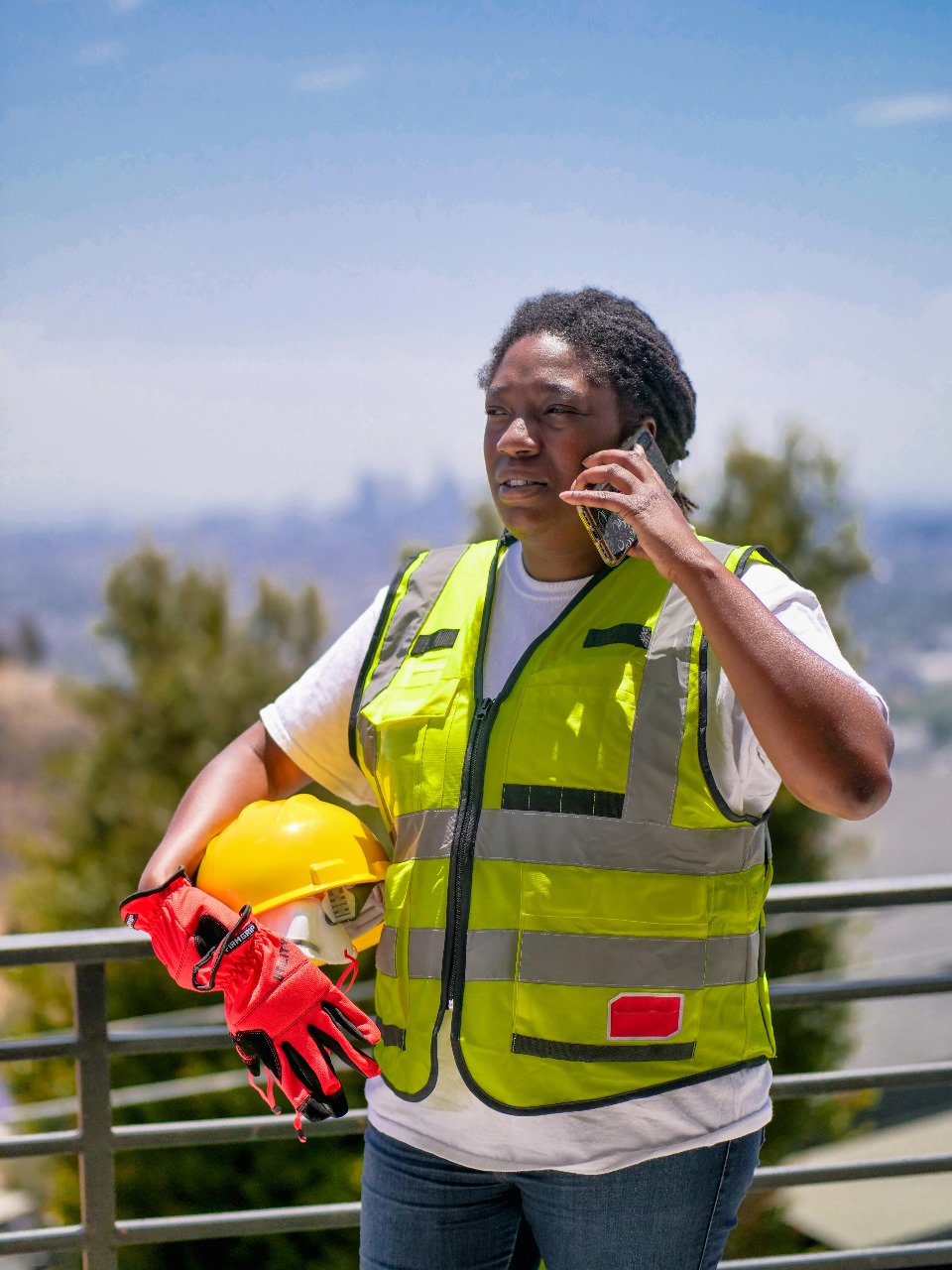
In today’s fast-paced world, ensuring safety in various environments is paramount. One of the most effective ways to enhance safety measures is through the use of Real-time safety alerts. These alerts provide immediate notifications about potential hazards, enabling quick responses and preventing accidents. In this article, we will explore the best practices for implementing real-time safety alerts to maximize their effectiveness and ensure a safer environment for everyone.
Understanding Real-Time Safety Alerts
Real-time safety alerts are notifications delivered instantly to users or systems when a safety concern is detected. These alerts can be triggered by sensors, monitoring systems, or user input and are designed to prompt immediate action. Whether used in industrial settings, workplaces, public areas, or smart homes, real-time safety alerts play a crucial role in minimizing risks.
Importance of Real-Time Safety Alerts
The primary advantage of real-time safety alerts is the reduction of response time in emergency situations. By delivering information instantly, these alerts allow individuals and teams to act swiftly, reducing the likelihood of injury or damage. They also help organizations comply with safety regulations and maintain a culture of proactive risk management.
Key Components of Effective Real-Time Safety Alerts
To implement real-time safety alerts successfully, it is essential to focus on several critical components. These elements ensure the alerts are timely, accurate, and actionable.
Accurate Detection Systems
The foundation of real-time safety alerts is the accuracy of detection systems. Sensors and monitoring technologies must be reliable and capable of detecting hazards without false alarms. Using advanced technologies such as IoT sensors, AI-powered analytics, and machine learning can significantly enhance detection accuracy.
Clear and Concise Alert Messages
Real-time safety alerts must communicate the hazard clearly and concisely. The message should include the nature of the threat, its location, and recommended actions. Ambiguous or overly technical alerts can delay response times or cause confusion.
Multi-Channel Alert Delivery
To ensure that alerts reach the right people promptly, it is best to deliver them through multiple channels such as SMS, email, mobile apps, and public address systems. This redundancy guarantees that even if one channel fails, the alert will still be received.
Best Practices for Implementing Real-Time Safety Alerts
Implementing real-time safety alerts requires careful planning and execution. Below are the best practices that organizations should follow to maximize the benefits of these systems.
Conduct a Comprehensive Risk Assessment
Before deploying real-time safety alerts, perform a detailed risk assessment to identify potential hazards and the areas that require monitoring. Understanding the risks helps in selecting appropriate sensors and designing alert protocols tailored to specific needs.
Customize Alerts Based on User Roles
Different users require different levels of information and urgency. For instance, frontline workers might need immediate, action-oriented alerts, while management may require summarized reports. Customizing alerts based on user roles ensures that information is relevant and actionable.
Integrate with Existing Safety Systems
Real-time safety alerts should not function in isolation. Integration with existing safety management systems, emergency response plans, and communication tools creates a cohesive safety ecosystem. This integration facilitates seamless coordination during emergencies.
Test and Validate Alert Systems Regularly
Regular testing and validation of real-time safety alert systems are essential to maintain reliability. Conduct drills, simulate emergencies, and gather feedback to identify any weaknesses or gaps in the alert process.
Provide Training and Support
Users must understand how to respond to real-time safety alerts effectively. Offering comprehensive training sessions and easy-to-access support materials ensures that everyone knows the procedures to follow when an alert is received.
Ensure Data Security and Privacy
Since real-time safety alerts often involve sensitive data and communication networks, safeguarding this information is crucial. Implement robust cybersecurity measures to protect against data breaches and unauthorized access.
Challenges in Implementing Real-Time Safety Alerts
Despite their benefits, real-time safety alerts come with challenges that must be addressed for successful implementation.
Avoiding Alert Fatigue
Too many alerts or false alarms can overwhelm users, leading to alert fatigue where people start ignoring notifications. It is essential to fine-tune detection thresholds and prioritize alerts to maintain user attention and trust.
Managing Infrastructure Costs
Installing sensors, communication networks, and software for real-time safety alerts can be costly. Organizations need to balance budget constraints with safety requirements, possibly by adopting scalable solutions.
Handling Complex Environments
In environments with multiple hazards or large areas, designing an effective real-time safety alert system can be complex. It requires careful planning to ensure coverage without redundancy or blind spots.
Future Trends in Real-Time Safety Alerts
The future of real-time safety alerts is promising, driven by technological advancements.
Artificial Intelligence and Predictive Analytics
AI can analyze vast amounts of data to predict potential hazards before they occur. Integrating AI with real-time safety alerts will enhance preventive measures and reduce emergency incidents.
Enhanced Mobile Integration
As mobile devices become ubiquitous, real-time safety alerts will increasingly leverage mobile apps and wearable technologies to provide instant notifications and guidance wherever users are.
Smart Environments and IoT
The growth of the Internet of Things (IoT) will enable more interconnected safety systems, allowing for comprehensive monitoring and faster, more precise alerting mechanisms.
Conclusion
Implementing real-time safety alerts is a critical strategy for improving safety across various environments. By focusing on accurate detection, clear communication, user customization, system integration, and ongoing maintenance, organizations can create effective alert systems that save lives and prevent accidents. As technology evolves, the role of real-time safety alerts will only grow, making it essential for businesses and institutions to adopt best practices now. Embracing these practices ensures a proactive approach to safety, protecting people and assets with timely, actionable information.